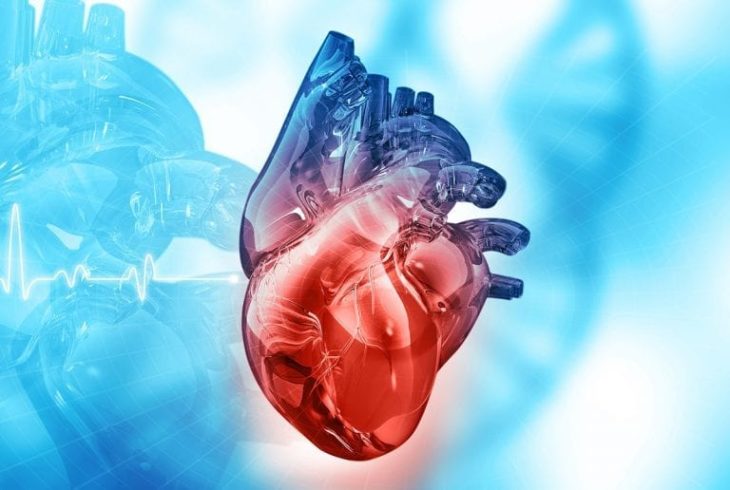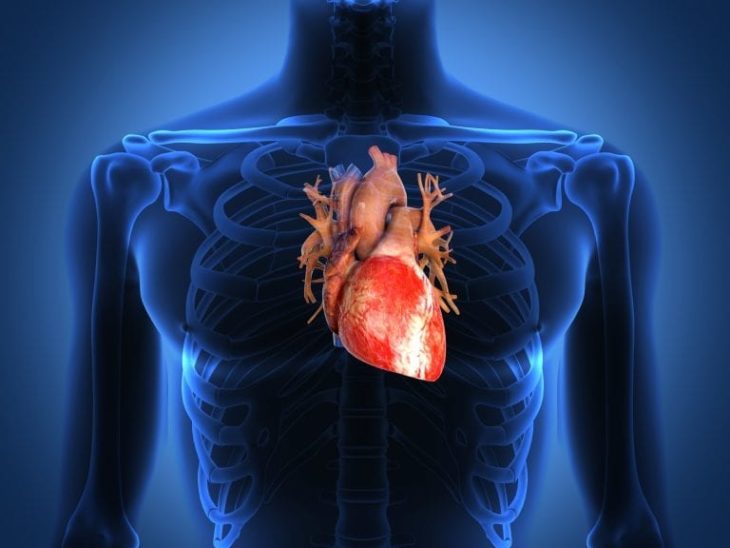Nowadays, it seems as if we don’t have enough time to care about ourselves and our health. The three basics to maintain a healthy body and mind are balanced and nutritious diet, regular exercise, and as less stress as possible. And as you might know, stress is among the many causes of almost all serious medical conditions. Nowadays, heart disease is one of the most common medical conditions, and it is affected by lack of exercise, stress, bad diet, habits like smoking and drinking and genetics (in some cases).
As millions of people all over the world die of it each year, it seems that prevention and diagnostics are the two most important steps considering it. Now, invasive procedures such as coronary angiogram, transesophageal echocardiography, and pacemaker implant are common at times where it is too late to correct the heart disease with non invasive methods. Still, non invasive methods can be pretty effective if implemented on time. Thus, let’s go ahead and take a look at some basics of non invasive cardiology!

Img source: huntregional.org
The Basics Of Non-Invasive Cardiology
1. In most healthcare departments such as Indus Healthcare, numerous procedures are considered non invasive. First and foremost there is the ECG/EKG. The electrocardiograms procedure is performed by placing patches on the patient’s chest that are then connected to a machine used for diagnosis. The sensor of those patches tracks the activity of the heart, and then sends the results to the previously mentioned machine. This procedure can be pretty useful as apart from registering heart rate and rhythm it can determine if the type and location of existing heart damage.
2. On the other hand, an echocardiogram uses high-frequency sound waves that allow the cardiologist to track and see how the heart and valves are pumping. The main instrument here used is a sound probe that is put on different chest locations in the process.
3. The exercises stress tests are becoming more popular in non invasive healthcare centers. The patient is either asked to run on a treadmill or he is given substances that mimic the possible effects of an exercise. Through the process, the patient’s heart is tracked assessing certain symptoms, monitoring blood pressure and heart rate, and thus detecting the cause of chest pain.
4. Exercise echocardiography is similar to the previous one, but it uses the echo monitor in the process as well. Once again, if the patient isn’t able to exercise his heart is given a drug that should mimic the effect.
5. Now, if a cardiologist wants to track a patient’s heart for multiple days, he will give him a holter to monitor and track the heart’s activity during the course of the normal daily routine. This method is called ambulatory electrocardiographic monitoring.
6. With non invasive cardiology evolving, more developed options such as nuclear perfusion tests are becoming popular. Here a small radioactive agent is used to track the blood flow and monitor the progress of developed heart disease.
7. Last but not least is the pacemaker interrogation. If a patient already underwent an invasive procedure and had a pacemaker implant, the cardiologist will perform the interrogation of the device during a course of time. This way he will check the battery life, and if the device is connected and working properly.

Img source: boardvitals.com
Summary
As the heart is the most important muscle of our body, and it’s pumping keeps us alive, we should take more care of it. To prevent any kind of heart, issues try to include regular exercise a few times a week and eat balanced and healthy meals. Along with that, stay away from smoking and binge drinking, and don’t stress too much – life is a journey, ups and downs come and go, so be sure not to let the same affect your health!
